
Asplenium nidus Crissie fern - Plant
(MRP Inclusive of all taxes)
- Shipping ₹79 for entire order
- Dispatch in 7 days
- Country of origin: India

(MRP Inclusive of all taxes)
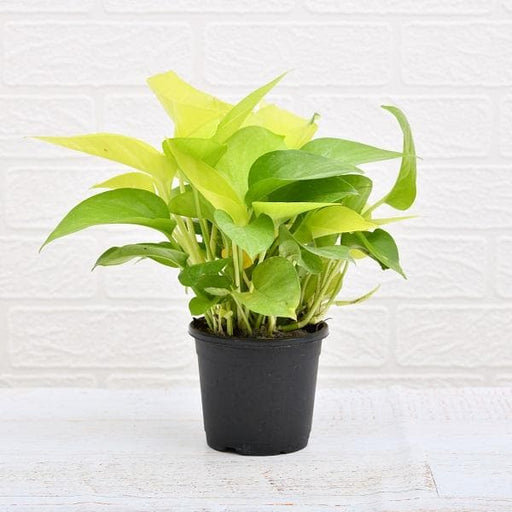 Save 29%
Save 29%
Air Purifier Money Plant with Pot The Air Purifier Money Plant, also known as Pothos or Epipremnum aureum, is a stunning indoor plant that...
View full details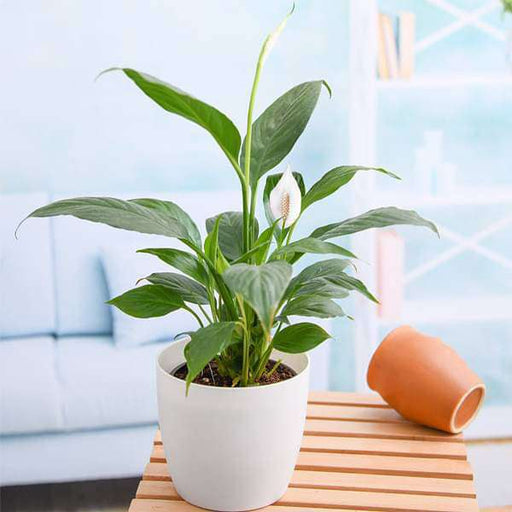
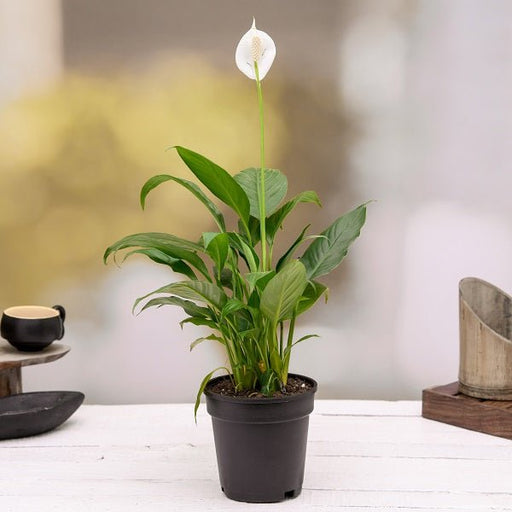 Save up to 15%
Save up to 15%
Peace Lily, Spathiphyllum - Plant The Peace Lily, scientifically known as Spathiphyllum, is a stunning houseplant celebrated for its elegant white...
View full details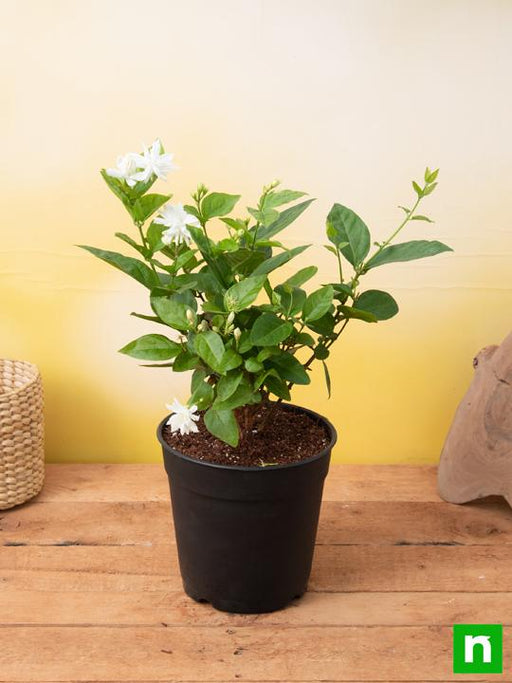
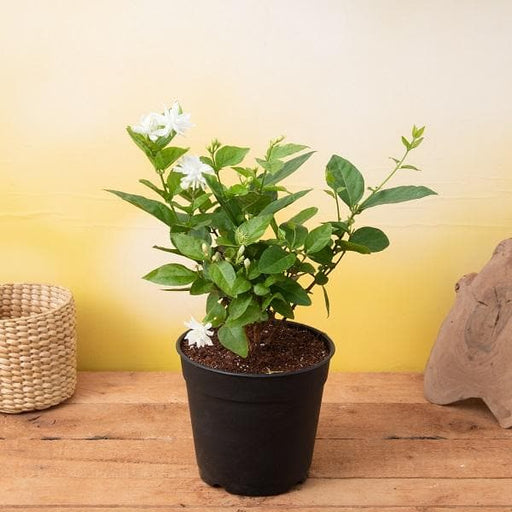 Save 25%
Save 25%
Jasminum sambac, Mogra, Arabian Jasmine - Plant Jasminum sambac, commonly known as Mogra or Arabian Jasmine, is a fragrant flowering plant...
View full details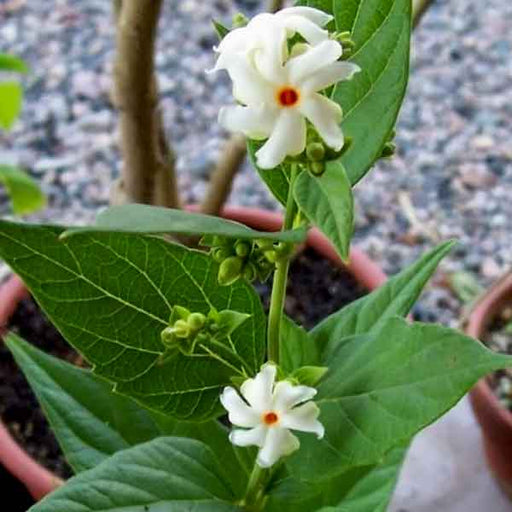
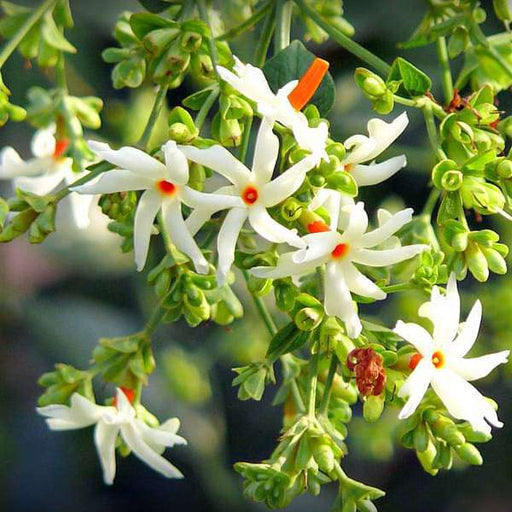 Save 18%
Save 18%
Combo Constituents Includes the Parijat Tree (Night-Flowering Jasmine), a culturally significant plant with fragrant flowers. Description The Pari...
View full details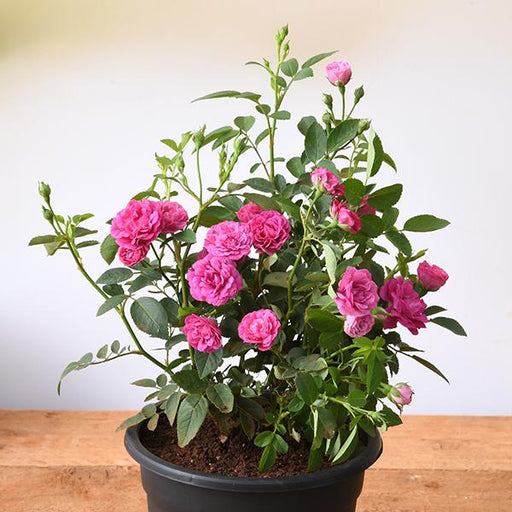
 Save 25%
Save 25%
Miniature Rose, Button Rose (Any Color) - Plant The Miniature Rose, also known as the Button Rose, is a charming and compact flowering plant that ...
View full details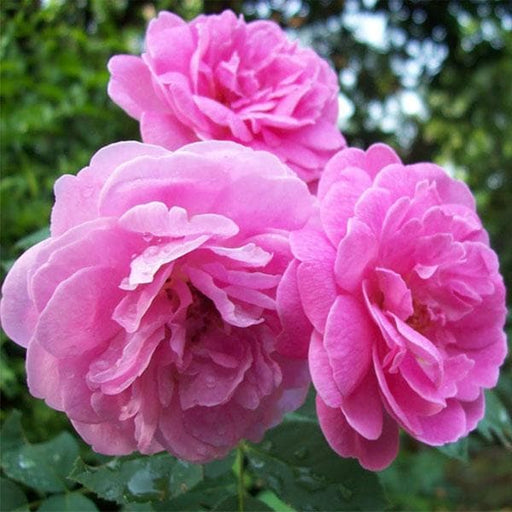 Save 25%
Save 25%
Damascus Rose, Scented Rose (Any Color) - Plant The Damascus Rose, also known as Rosa damascena, is a timeless symbol of beauty and romanc...
View full details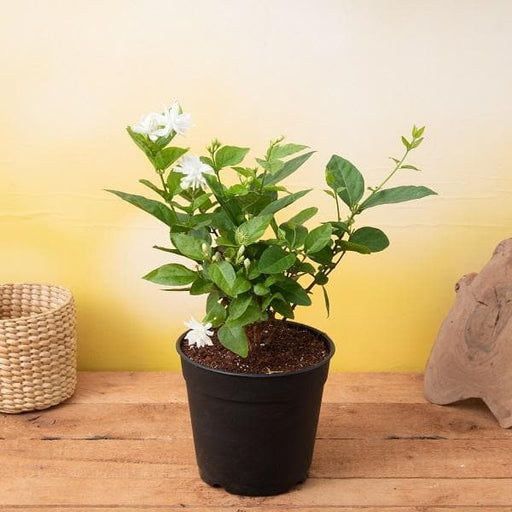
 Save 17%
Save 17%
Beautiful Fragrant Mogra, Arabian Jasmine Plant with Pot The Beautiful Fragrant Mogra, also known as Arabian Jasmine (Jasminum sambac), is...
View full details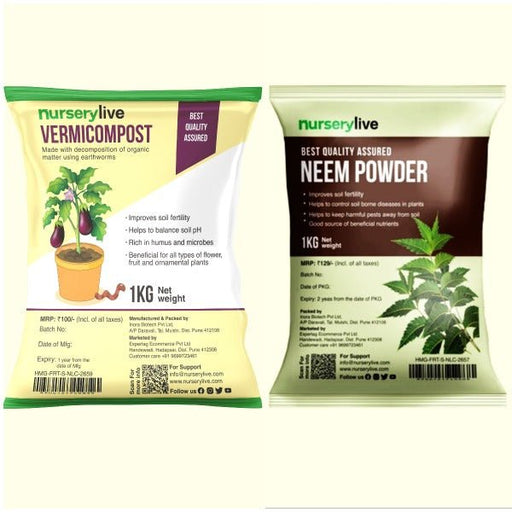 Save 15%
Save 15%
Pack of Vermicompost and Neem Cake for House Plants Transform your indoor garden with our premium Pack of Vermicompost and Neem Cake, spec...
View full details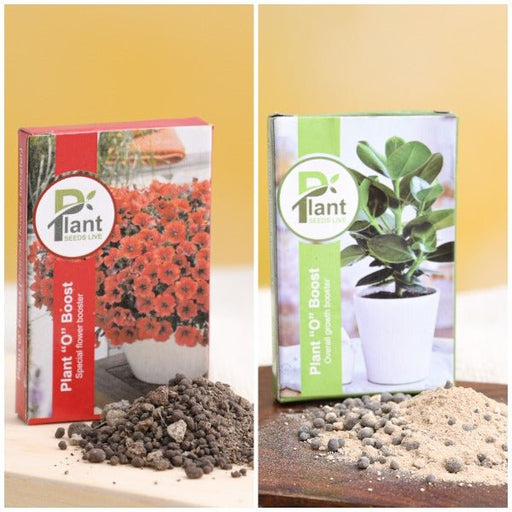
Pack of Plant Growth and Flower Boosters Unlock the full potential of your garden with our Pack of Plant Growth and Flower Boosters! This ...
View full details Save 38%
Save 38%
Combo of Jeevamrut and Neem Raksha for Easy Growth and Protection of Houseplants Transform your indoor garden with our exclusive combo of ...
View full details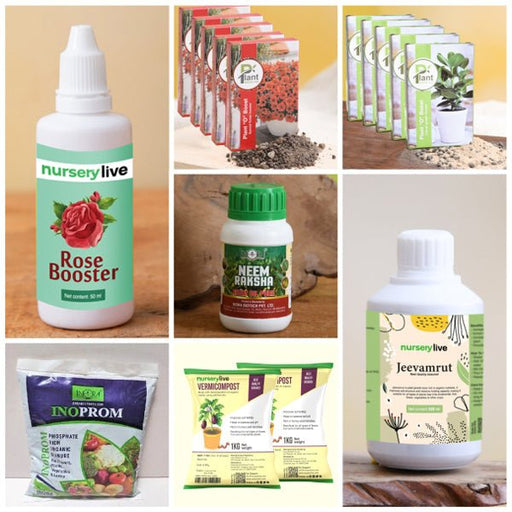 Save 22%
Save 22%
Plant Nutrients Kit (Pack of 16) for a Healthy Garden Transform your garden into a lush paradise with our Plant Nutrients Kit, featuring 1...
View full details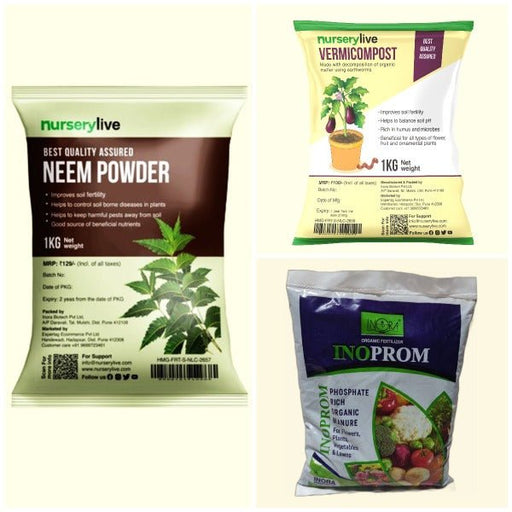 Save 16%
Save 16%
Combo of Top Plant Fertilizers Elevate your gardening game with our exclusive Combo of Top Plant Fertilizers, featuring two bags of premiu...
View full details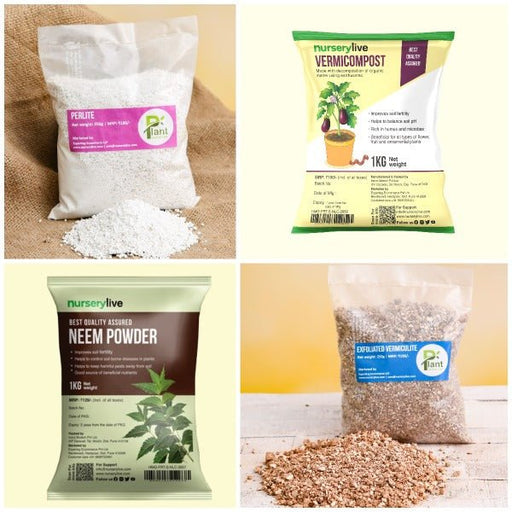 Save 24%
Save 24%
Pack of 4 Additives to Make Soil Healthy and Nutrient Rich Transform your garden into a thriving ecosystem with our Pack of 4 Additives de...
View full details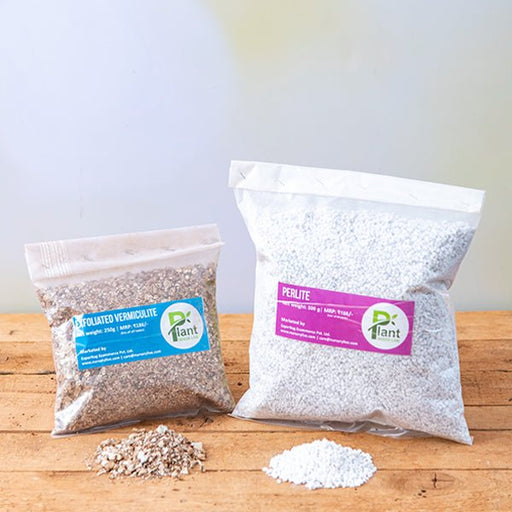 Save 30%
Save 30%
Transform your gardening experience with our premium Combo of Perlite and Vermiculite. This unique blend is designed to enhance soil aeration and ...
View full details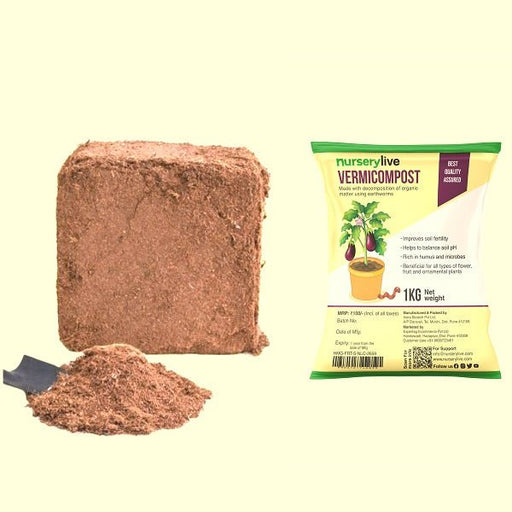 Save 27%
Save 27%
Combo of 2 Vermicompost and Cocopeat - Enrich Your Soil Naturally! Transform your garden into a thriving ecosystem with our Combo of 2 Ver...
View full details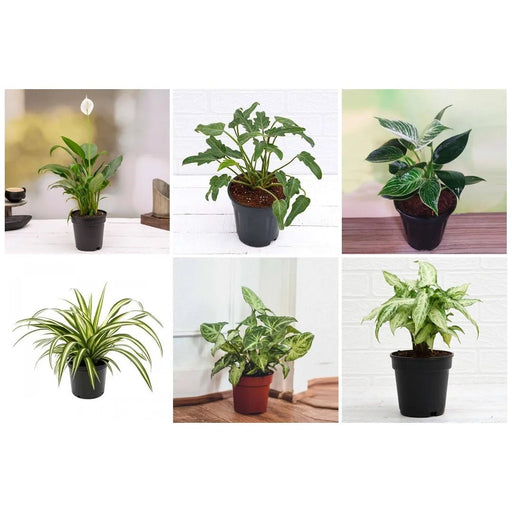
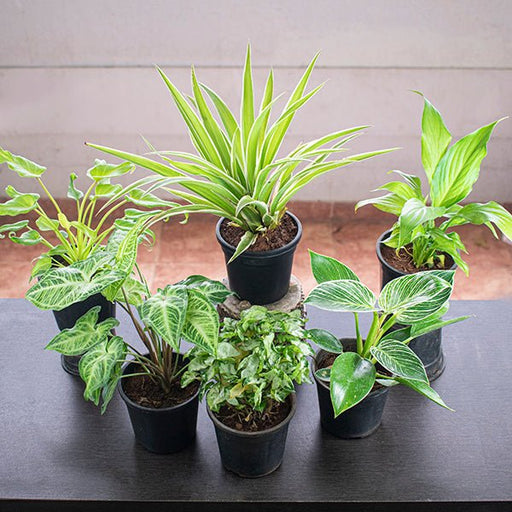 Save 35%
Save 35%
Best 6 Plants for Perfect Indoor Garden Transform your living space into a lush oasis with our curated collection of the Best 6 Plants for a...
View full details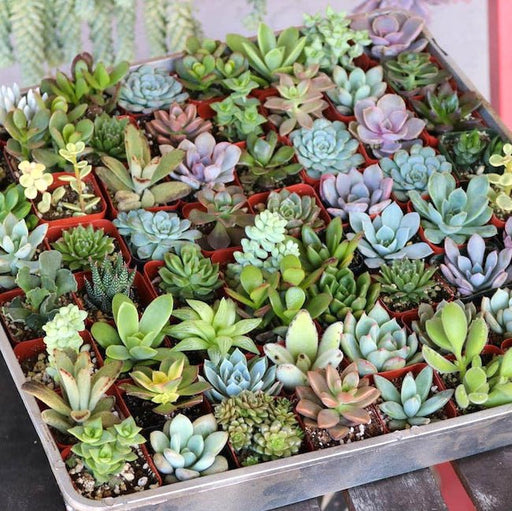
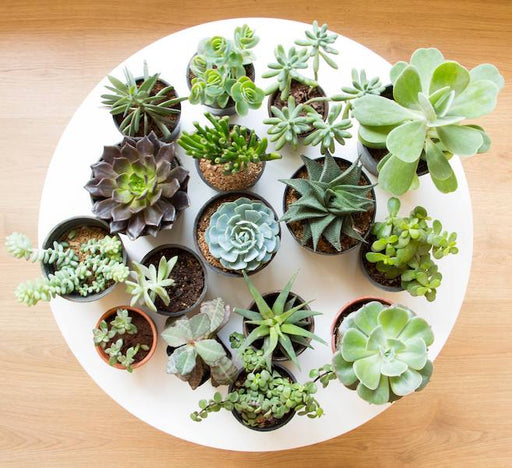 Save up to 50%
Save up to 50%
Mini Succulent Garden Pack Transform your space with our Mini Succulent Garden Pack, featuring a delightful collection of 4 any variety beautiful s...
View full details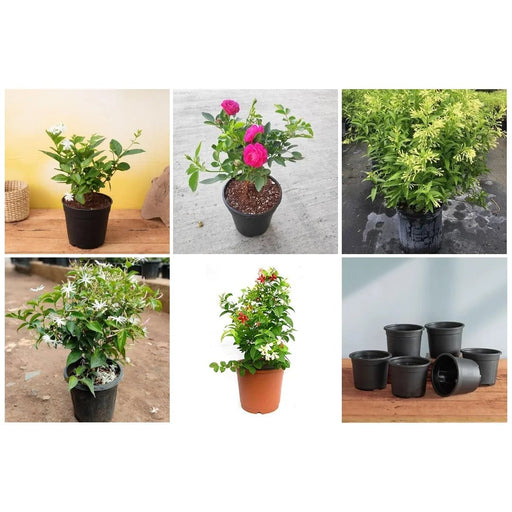
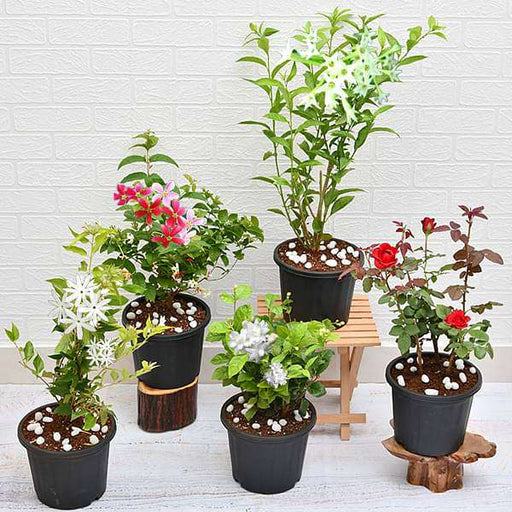 Save 30%
Save 30%
5 Best Fragrant Plants Transform your garden or indoor space into a fragrant paradise with our curated selection of the 5 Best Fragrant Plants. Th...
View full details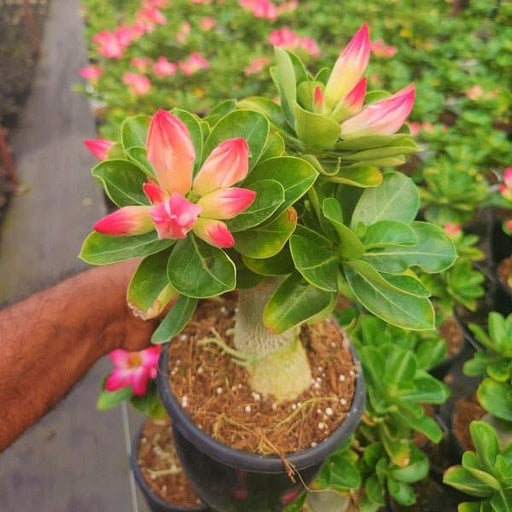
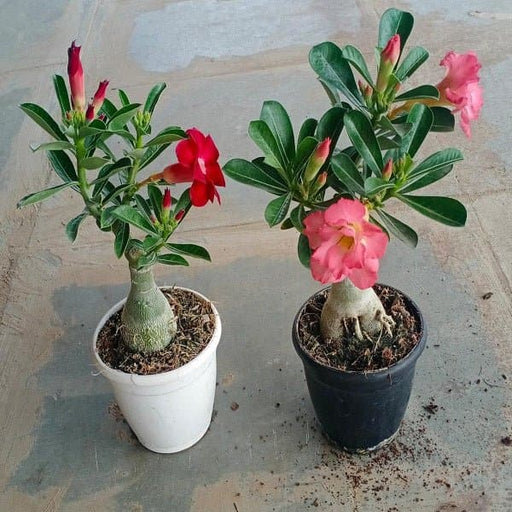 Save 24%
Save 24%
Set of 2 Bonsai Looking Grafted Adeniums Transform your indoor or outdoor space with our exquisite Set of 2 Bonsai Looking Grafted Adenium...
View full details Save 45%
Save 45%
Top 4 Die Hard Succulents Pack Transform your indoor or outdoor space with our Top 4 Die Hard Succulents Pack, featuring a curated selecti...
View full details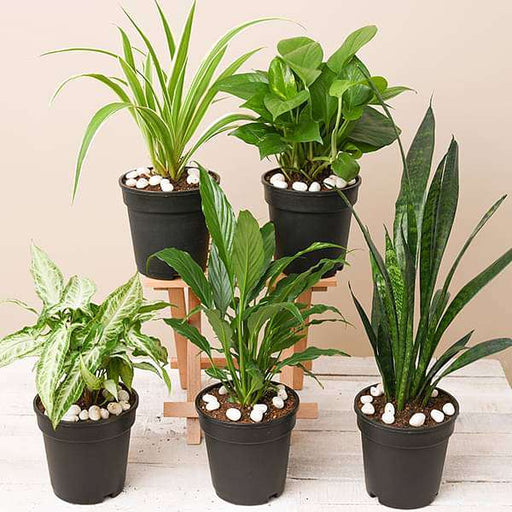
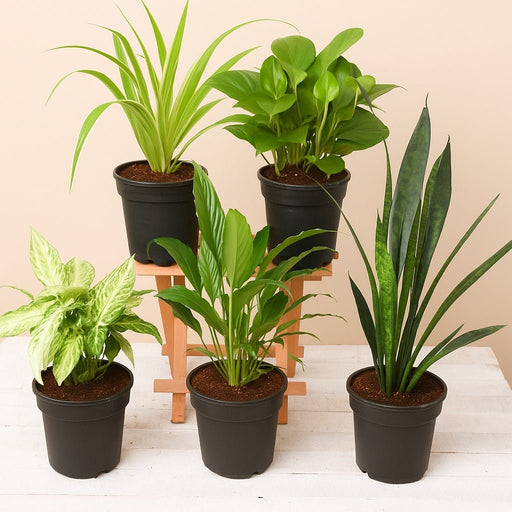 Save 30%
Save 30%
5 Best Indoor Plants Pack Transform your living space into a lush oasis with our '5 Best Indoor Plants Pack.' This carefully curated collection fe...
View full details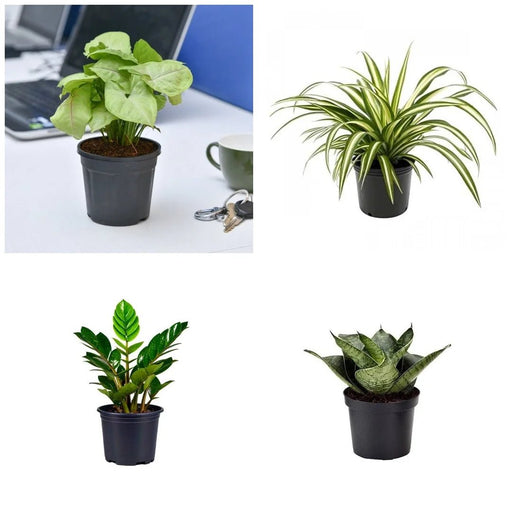
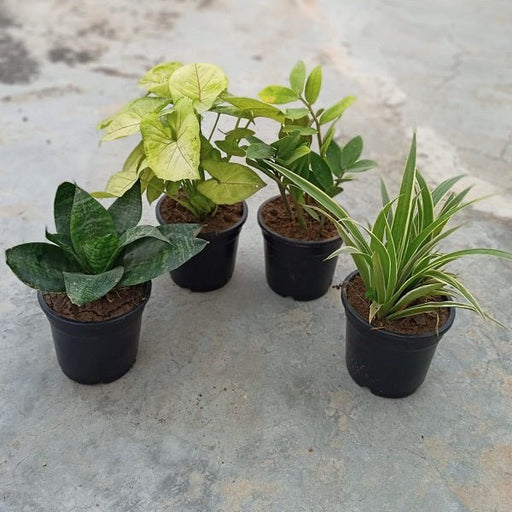 Save 25%
Save 25%
Set of 4 Evergreen Air Purifier Plant Pack Transform your indoor space into a lush, green oasis with our Set of 4 Evergreen Air Purifier Pla...
View full details| SrNo | Item Name | Qty |
|---|---|---|
| 1 | Asplenium nidus Crissie fern Plant in 5 inch (13 cm) Pot | 1 |
The Asplenium nidus, commonly known as the Crissie Fern, is a stunning tropical plant that brings a touch of lush greenery to any indoor space. With its glossy, wavy fronds that can grow up to 2 feet long, this fern is not only visually appealing but also easy to care for. Native to the tropical rainforests of Southeast Asia, the Crissie Fern thrives in humid environments, making it a perfect choice for homes and offices alike.
What makes the Crissie Fern special is its unique rosette shape, which resembles a bird's nest, hence the name "bird's nest fern." This plant is known for its air-purifying qualities, helping to improve indoor air quality by filtering out toxins. Its vibrant green foliage adds a refreshing aesthetic to any room, making it a popular choice among plant enthusiasts and interior decorators.
One of the standout features of the Asplenium nidus is its ability to adapt to low-light conditions, making it an ideal houseplant for those who may not have access to bright sunlight. Additionally, it requires minimal maintenance, making it perfect for both novice and experienced plant owners.
By incorporating the Crissie Fern into your indoor space, you contribute to a healthier environment. This plant not only absorbs carbon dioxide but also releases oxygen, promoting better air quality. Additionally, its ability to thrive in low-light conditions makes it an eco-friendly choice for urban dwellers looking to green their living spaces.
Ah, the Asplenium nidus, or as I like to call it, the “bird’s nest fern.” This leafy wonder is like the cozy blanket of the plant world, providing a lush, green hug for your home. With its wavy, glossy fronds, it’s the perfect companion for those who want to channel their inner rainforest without the risk of encountering a jaguar. This fern thrives in low light and high humidity, making it the ideal roommate for those who forget to water their plants.
Caring for the Crissie fern is like nurturing a diva; it requires just the right amount of attention. Keep it in indirect sunlight, and it will reward you with vibrant foliage that could make even the most seasoned plant parent swoon. Remember, this fern loves humidity, so misting it is like giving it a spa day. Just don’t overwater; it’s not a fan of soggy feet!
Indoor ferns are the unsung heroes of home decor. They add a touch of elegance and a splash of green without demanding too much attention. The Asplenium nidus is a prime example, effortlessly elevating your living space while purifying the air. Plus, they’re great conversation starters—who wouldn’t want to discuss their exotic ferns over coffee?
If you’re the type who can’t keep a cactus alive, fear not! Low light plants like the Crissie fern are here to save the day. These leafy companions thrive in dim conditions, making them perfect for those shadowy corners of your home. They’re like the introverts of the plant world, quietly flourishing while everyone else basks in the spotlight.
If you live in a dry climate, humidity-loving plants like the Asplenium nidus are your best friends. They thrive in moist environments, making them perfect for bathrooms or kitchens. Just think of them as the tropical vacation you never took—right in your living room! Keep a humidifier nearby, and watch your fern flourish like it’s on a permanent beach getaway.
Plant care tips for the Crissie fern are as essential as knowing how to brew a good cup of coffee. First, remember that this fern prefers a well-draining potting mix. Second, don’t forget to mist it regularly; it’s like giving your fern a refreshing drink without drowning it. Lastly, keep an eye out for pests—because no one wants uninvited guests at their plant party!
Fertilizing ferns is like giving them a gourmet meal. The Crissie fern enjoys a balanced, water-soluble fertilizer during the growing season. Just a little sprinkle every month will keep it happy and healthy. But beware of overindulgence; too much fertilizer can lead to burnt tips, and nobody wants a fern with a bad hair day!
Decorative plants like the Asplenium nidus are the ultimate home accessories. They add a pop of color and texture to any room, making them the perfect alternative to boring wall art. Plus, they’re low-maintenance, so you can spend more time enjoying your stylish space and less time worrying about upkeep.
Air-purifying plants are like nature’s air fresheners, and the Crissie fern is no exception. It works tirelessly to filter out toxins and improve indoor air quality, all while looking fabulous. Who knew that a little greenery could do so much? It’s like having a personal assistant for your lungs—minus the salary and coffee runs!
Houseplant trends come and go, but the Asplenium nidus is here to stay. This fern has made a name for itself in the world of indoor gardening, thanks to its unique appearance and easy care. It’s the trendsetter of the plant world, proving that you don’t need to be a plant expert to enjoy a touch of green in your life.
Plant styling ideas featuring the Crissie fern can transform your space from drab to fab. Place it in a stylish pot and set it on a shelf for a chic look, or group it with other ferns for a mini jungle vibe. The possibilities are endless! Just remember, the key to great plant styling is balance—don’t let your fern steal the show, but don’t let it fade into the background either!
Tropical plants like the Asplenium nidus bring a slice of paradise to your home. With its lush, green fronds, this fern is a reminder that you can have a tropical getaway without leaving your living room. Just keep it warm and humid, and it will thrive like it’s lounging on a beach chair, sipping a piña colada.
This delightful plant, also known as the Bird's Nest Fern, is a tropical beauty with wavy, glossy leaves that resemble a green wave pool. Perfect for adding a splash of lushness to your home, it thrives in low light and high humidity, making it the diva of indoor plants.
Treat your Crissie fern like royalty! Keep it in indirect light, water it when the top inch of soil is dry, and maintain humidity levels. A little misting goes a long way. Remember, this fern prefers to be slightly neglected rather than overwatered—no one likes a clingy plant!
Your Crissie fern craves well-draining, rich soil. A mix of potting soil, peat, and perlite will do the trick. Think of it as a luxurious spa treatment for your plant—light, airy, and oh-so-comfortable. Just avoid heavy soils that can suffocate those lovely roots!
Water your Asplenium nidus when the top inch of soil feels dry—about once a week should do the trick. But remember, this fern prefers a little drought over drowning. So, if in doubt, let it sip slowly rather than guzzle!
Yes, your Crissie fern will appreciate a little gourmet meal! Feed it with a balanced liquid fertilizer every 4-6 weeks during the growing season. Just don’t overdo it; too much fertilizer can turn your fern into a drama queen, and nobody wants that!
Absolutely! Propagation is like matchmaking for plants. You can divide the rhizomes during repotting or take leaf cuttings. Just ensure each piece has some roots, and voilà! You’ll have more ferns to love and show off to your friends.
Yes, your furry friends can frolic around your Crissie fern without worry! This plant is non-toxic to pets, making it a safe addition to your indoor jungle. Just keep an eye on them; curiosity can lead to mischief, and we all know how pets love to nibble!
Keep an eye out for pesky pests like spider mites and mealybugs. If they crash the party, a gentle wipe with soapy water or neem oil will send them packing. Remember, prevention is key—regularly check your fern for any unwanted guests!
Your Crissie fern is a shade-loving superstar! It thrives in indirect light, so keep it away from harsh sunbeams. Think of it as a cozy corner in a café—bright enough to enjoy but not too bright to burn.
If you live in a tropical paradise, your Crissie fern can bask outdoors in filtered light. Just be cautious of direct sunlight and chilly drafts. For everyone else, it’s best to keep this beauty indoors, where it can strut its stuff without the risk of frostbite!
Your Asplenium nidus loves a warm embrace! Ideal temperatures range from 60°F to 75°F (15°C to 24°C). Avoid extreme temperature swings, as this fern is not a fan of cold drafts or hot blasts. Keep it cozy, and it will reward you with lush foliage!